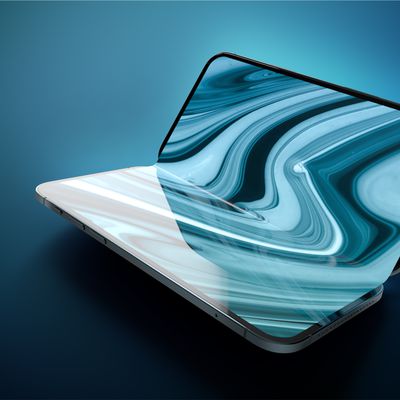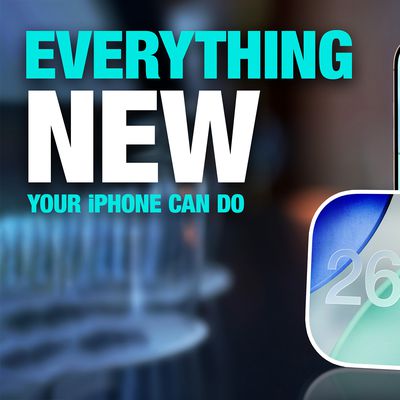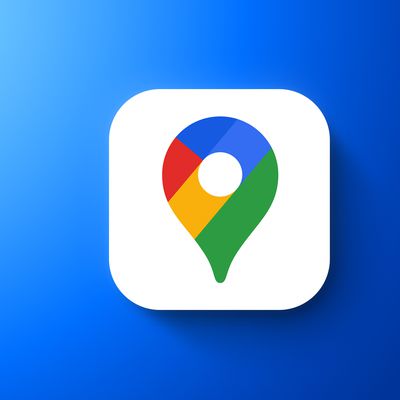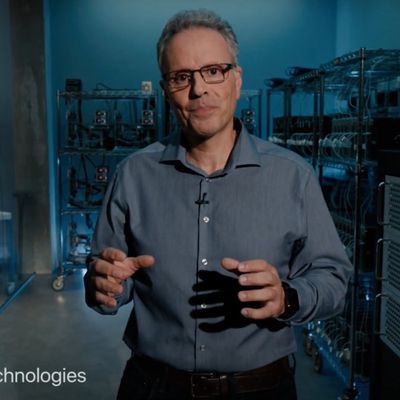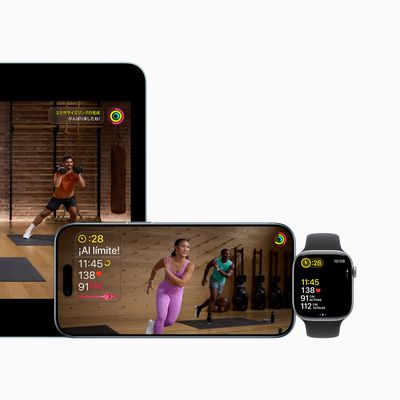Siri Protocol Cracked, But Unique iPhone 4S ID Requirement Hampers Distribution
 Applidium, the developers who brought the open source video player VLC to the App Store only to have it pulled over licensing issues, have announced that they have reverse engineered the protocol used to allow Siri to communicate with Apple's servers. Citing an example in which they were able to communicate with Siri servers directly from a computer, the developers note that they were able to have the servers recognize and analyze their voice input just as if it had originated from an iPhone 4S.
Applidium, the developers who brought the open source video player VLC to the App Store only to have it pulled over licensing issues, have announced that they have reverse engineered the protocol used to allow Siri to communicate with Apple's servers. Citing an example in which they were able to communicate with Siri servers directly from a computer, the developers note that they were able to have the servers recognize and analyze their voice input just as if it had originated from an iPhone 4S.
Today, we managed to crack open Siri’s protocol. As a result, we are able to use Siri’s recognition engine from any device. Yes, that means anyone could now write an Android app that uses the real Siri! Or use Siri on an iPad! And we’re going to share this know-how with you.
Unfortunately for those hoping to make use of Siri in their apps on iOS or other platforms, the protocol is set up to transmit a unique identifier for a given iPhone 4S. The developers at Applidium were able to extract that identifier from one of their devices and use it to authenticate their non-iPhone Siri input, but such code would likely not survive being included in an application packaged for distribution, as Apple's servers would presumably be able to easily identify and blacklist any device identifier generating excessive usage from multiple locations.
The developers do note, however, that the proof of concept demonstration may prove interesting for developers looking to play around with non-iPhone 4S implementations of Siri for their personal use.
Popular Stories
Apple has ordered 22 million OLED panels from Samsung Display for the first foldable iPhone, signaling a significantly larger production target than the display industry had previously anticipated, ET News reports.
In the now-seemingly deleted report, ET News claimed that Samsung plans to mass-produce 11 million inward-folding OLED displays for Apple next year, as well as 11 million...
Apple is about to release iOS 26.2, the second major point update for iPhones since iOS 26 was rolled out in September, and there are at least 15 notable changes and improvements worth checking out. We've rounded them up below.
Apple is expected to roll out iOS 26.2 to compatible devices sometime between December 8 and December 16. When the update drops, you can check Apple's servers for the ...
Apple is actively testing under-screen Face ID for next year's iPhone 18 Pro models using a special "spliced micro-transparent glass" window built into the display, claims a Chinese leaker.
According to "Smart Pikachu," a Weibo account that has previously shared accurate supply-chain details on Chinese Android hardware, Apple is testing the special glass as a way to let the TrueDepth...
Apple today seeded the second release candidate version of iOS 26.2 to developers and public beta testers, with the software coming one week after Apple seeded the first RC. The release candidate represents the final version iOS 26.2 that will be provided to the public if no further bugs are found.
Registered developers and public beta testers can download the betas from the Settings app on...
Google Maps on iOS quietly gained a new feature recently that automatically recognizes where you've parked your vehicle and saves the location for you.
Announced on LinkedIn by Rio Akasaka, Google Maps' senior product manager, the new feature auto-detects your parked location even if you don't use the parking pin function, saves it for up to 48 hours, and then automatically removes it once...
Apple's chipmaking chief Johny Srouji has reportedly indicated that he plans to continue working for the company for the foreseeable future.
"I love my team, and I love my job at Apple, and I don't plan on leaving anytime soon," said Srouji, in a memo obtained by Bloomberg's Mark Gurman.
Here is Srouji's full memo, as shared by Bloomberg:I know you've been reading all kind of rumors and...
Apple's iPhone development roadmap runs several years into the future and the company is continually working with suppliers on several successive iPhone models at the same time, which is why we often get rumored features months ahead of launch. The iPhone 18 series is no different, and we already have a good idea of what to expect for the iPhone 18 Pro and iPhone 18 Pro Max.
One thing worth...
Apple and Google are teaming up to make it easier for users to switch between iPhone and Android smartphones, according to 9to5Google. There is a new Android Canary build available today that simplifies data transfer between two smartphones, and Apple is going to implement the functionality in an upcoming iOS 26 beta.
Apple already has a Move to iOS app for transferring data from an Android...
Apple today announced that Fitness+ is expanding to 28 new markets on December 15 in the service's largest international rollout since launch, accompanied by new language dubbing and a K-Pop music genre.
Apple Fitness+ will become available in Chile, Hong Kong, India, the Netherlands, Singapore, Taiwan, and additional regions on December 15, with Japan scheduled to follow early next year....
Apple's senior vice president of hardware technologies Johny Srouji could be the next leading executive to leave the company amid an alarming exodus of leading employees, Bloomberg's Mark Gurman reports.
Srouji apparently recently told CEO Tim Cook that he is "seriously considering leaving" in the near future. He intends to join another company if he departs. Srouji leads Apple's chip design ...
![]() Applidium, the developers who brought the open source video player VLC to the App Store only to have it pulled over licensing issues, have announced that they have reverse engineered the protocol used to allow Siri to communicate with Apple's servers. Citing an example in which they were able to communicate with Siri servers directly from a computer, the developers note that they were able to have the servers recognize and analyze their voice input just as if it had originated from an iPhone 4S.
Applidium, the developers who brought the open source video player VLC to the App Store only to have it pulled over licensing issues, have announced that they have reverse engineered the protocol used to allow Siri to communicate with Apple's servers. Citing an example in which they were able to communicate with Siri servers directly from a computer, the developers note that they were able to have the servers recognize and analyze their voice input just as if it had originated from an iPhone 4S.

